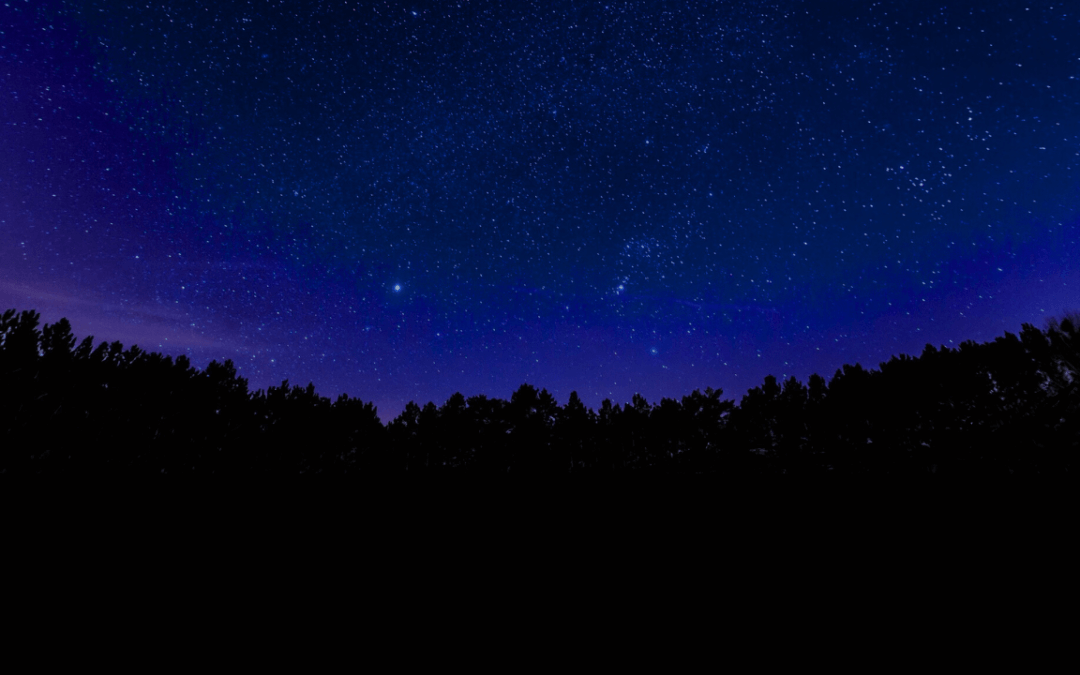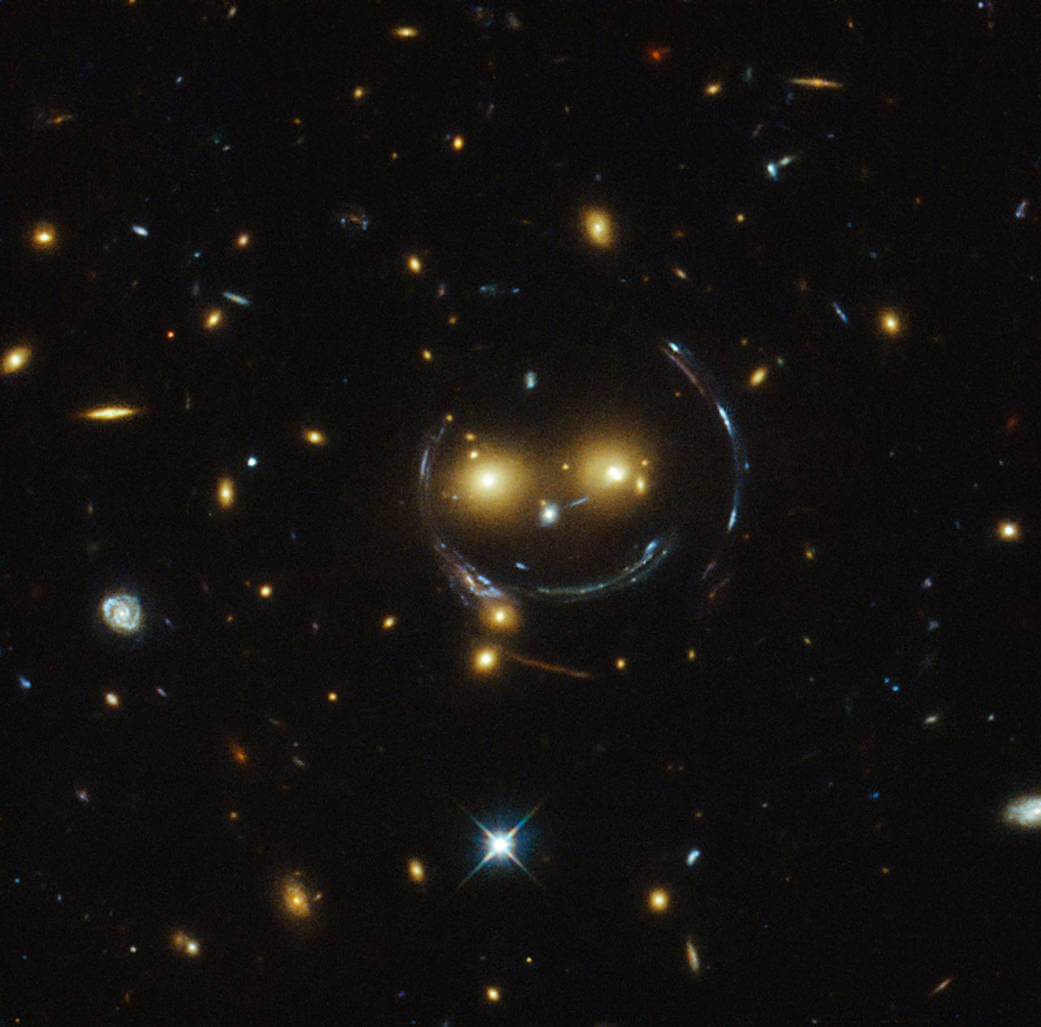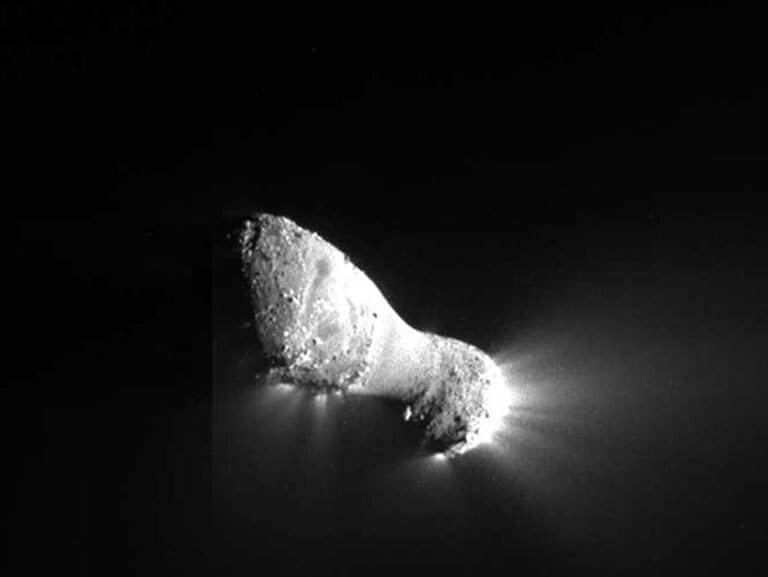Update: To hear about the scientific results that came from the Unistellar Network’s observations of SN 2023ixf, read this SETI Institute press release! The data from 123 observers starting just hours after the star’s explosion produced a high quality record of the cataclysmic event’s behavior over 35 days. The analysis was published in a Research Note of the American Astronomical Society on 6 July 2023.
On May 19th, a bright supernova was discovered in the spiral arms of the Pinwheel Galaxy, aka M101. This cosmic cataclysm was serendipitously discovered by amateur astronomer Koichi Itagaki, Japan’s most accomplished supernova sleuth. Although the Pinwheel is 21 million light years away in the constellation Ursa Major, this supernova – called SN 2023ixf – still marks the closest supernova to detonate in the last decade.
Supernovae are some of the Universe’s most energetic events which end the current stage of their star’s life cycle with a cosmic explosion. They either destroy their star completely, turn it into a neutron star, or cause it to collapse into a black hole. Astronomers have already found that SN 2023ixf was caused by a supermassive star’s core collapsing in on itself, and additional observations from professionals and citizen scientists alike will reveal more about this cataclysmic event.
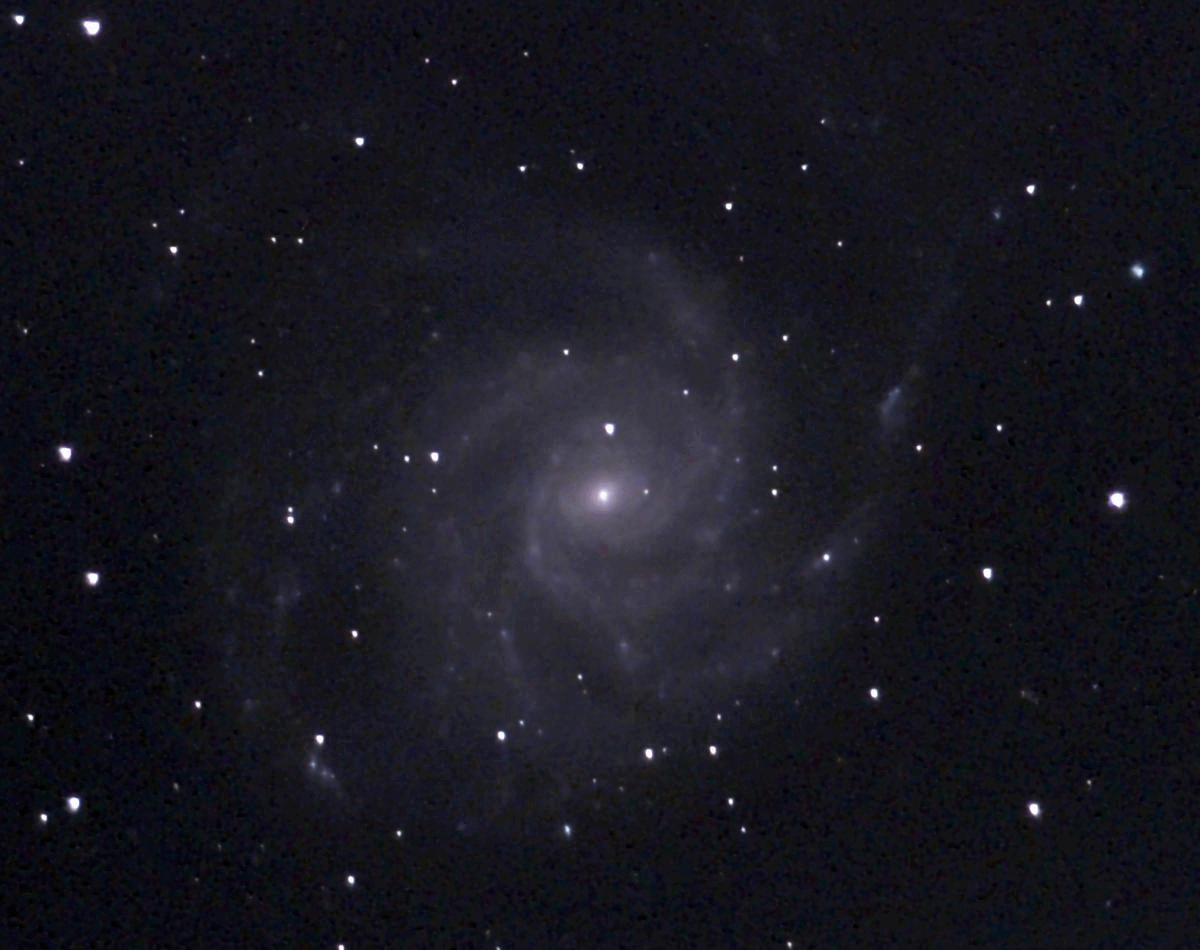
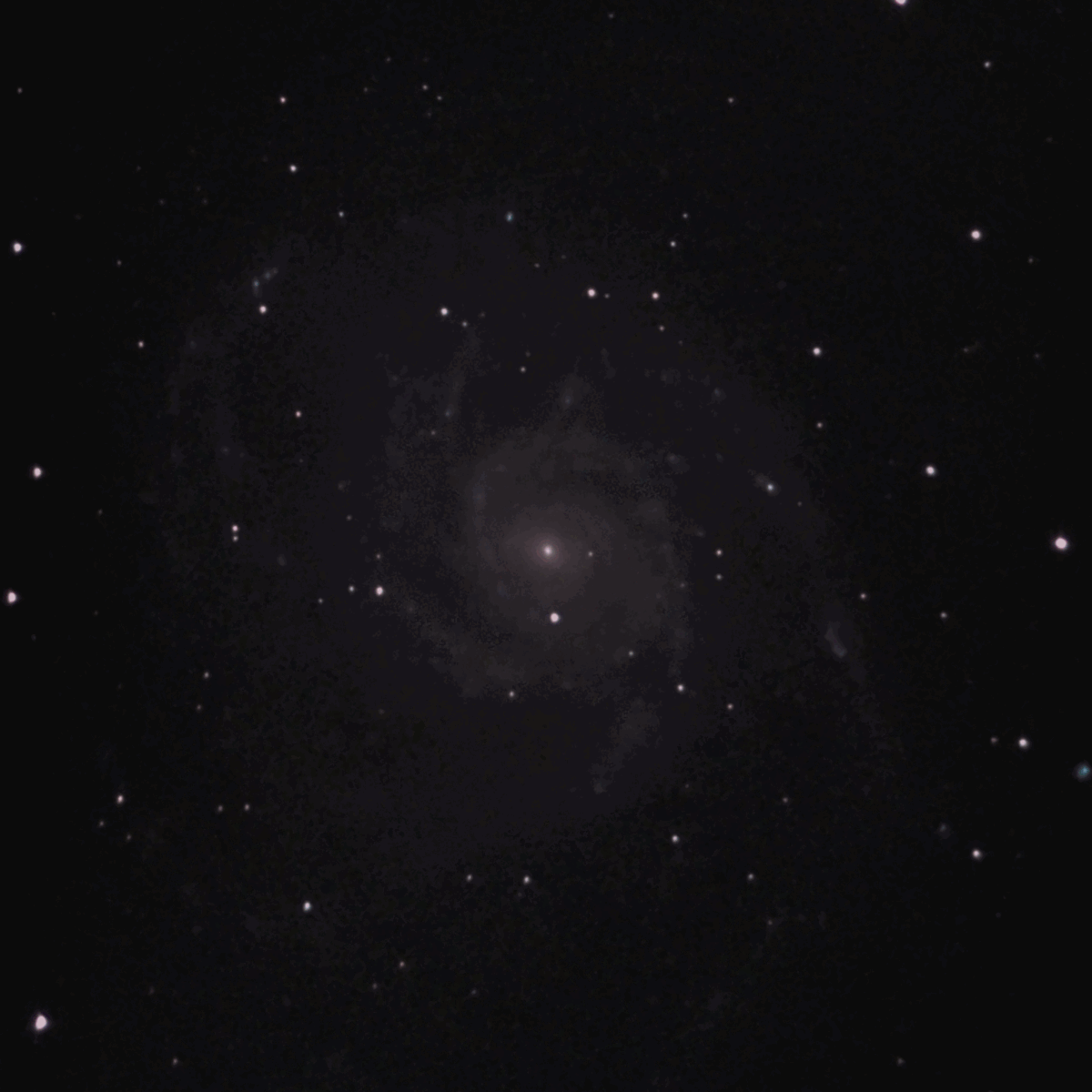
Gifs of the Pinwheel Galaxy before and after the supernova explosion. You can see the appearance of SN 2023ixf as a bright white dot. Credit: Scott Kardel (US, left) and Stefan Will (US, right).
The best part about SN 2023ixf? You can join in observing it along with the rest of the Unistellar Network!
Simply visit our Cosmic Cataclysms Tutorial page to learn how to make your observation using the Cosmic Cataclysms science mode.
Once you are ready to observe, visit our Missions Page to learn about and access the Cosmic Cataclysms Alerts, which will help you spot this supernova using a deeplink. After you’re finished with your science observation, don’t forget to fill out an observation report form!
You can also visit the Pinwheel Galaxy in your Unistellar App Catalog to take some striking Enhanced Vision images! The supernovae will continue to brighten before it tapers off and eventually fades in the coming months. Check out what our community has already gathered.
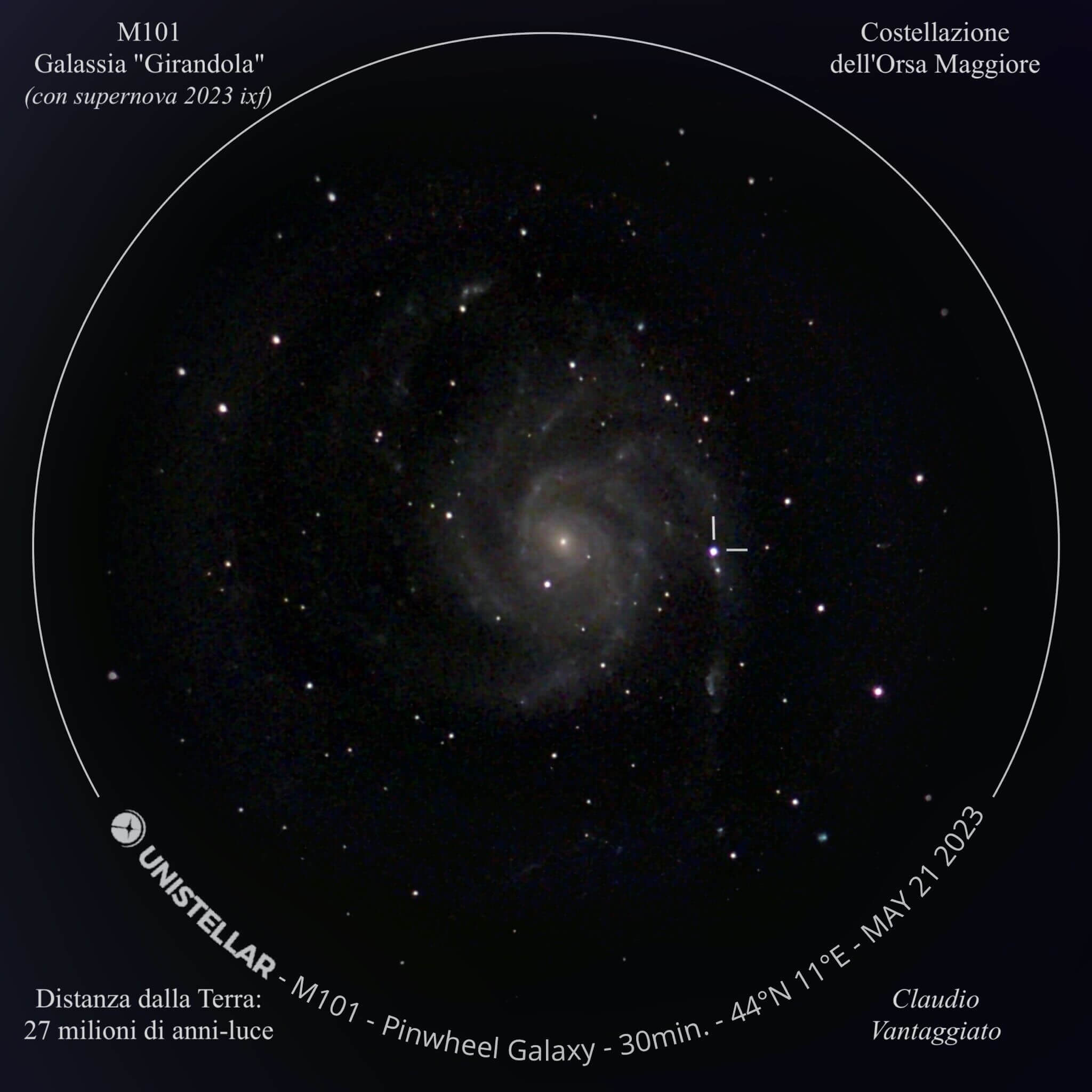
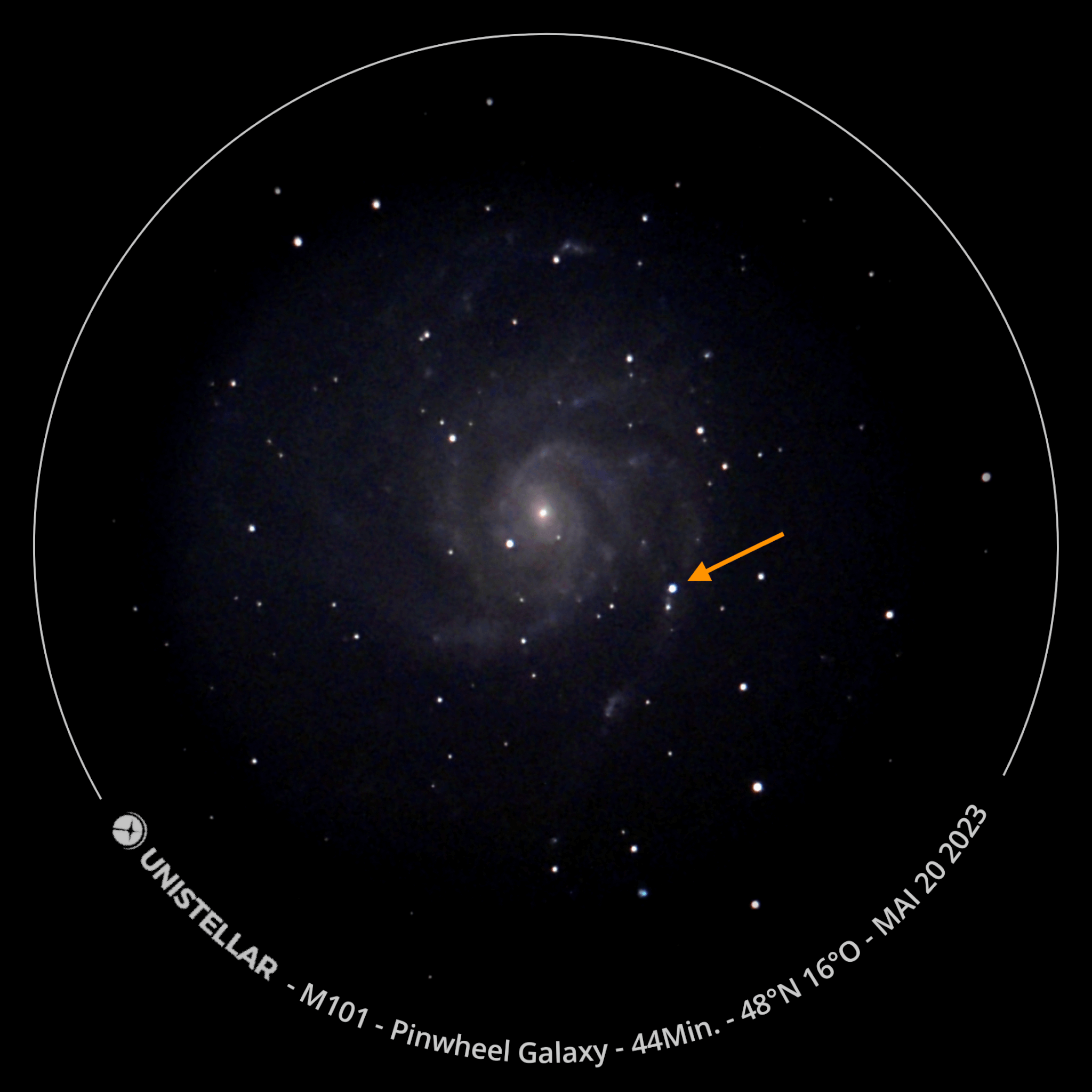
More images of SN 2023ixf from the Unistellar Network. Credit: Claudio Vantaggiato (Italy, left) and Mario Billiani (Austria, right).
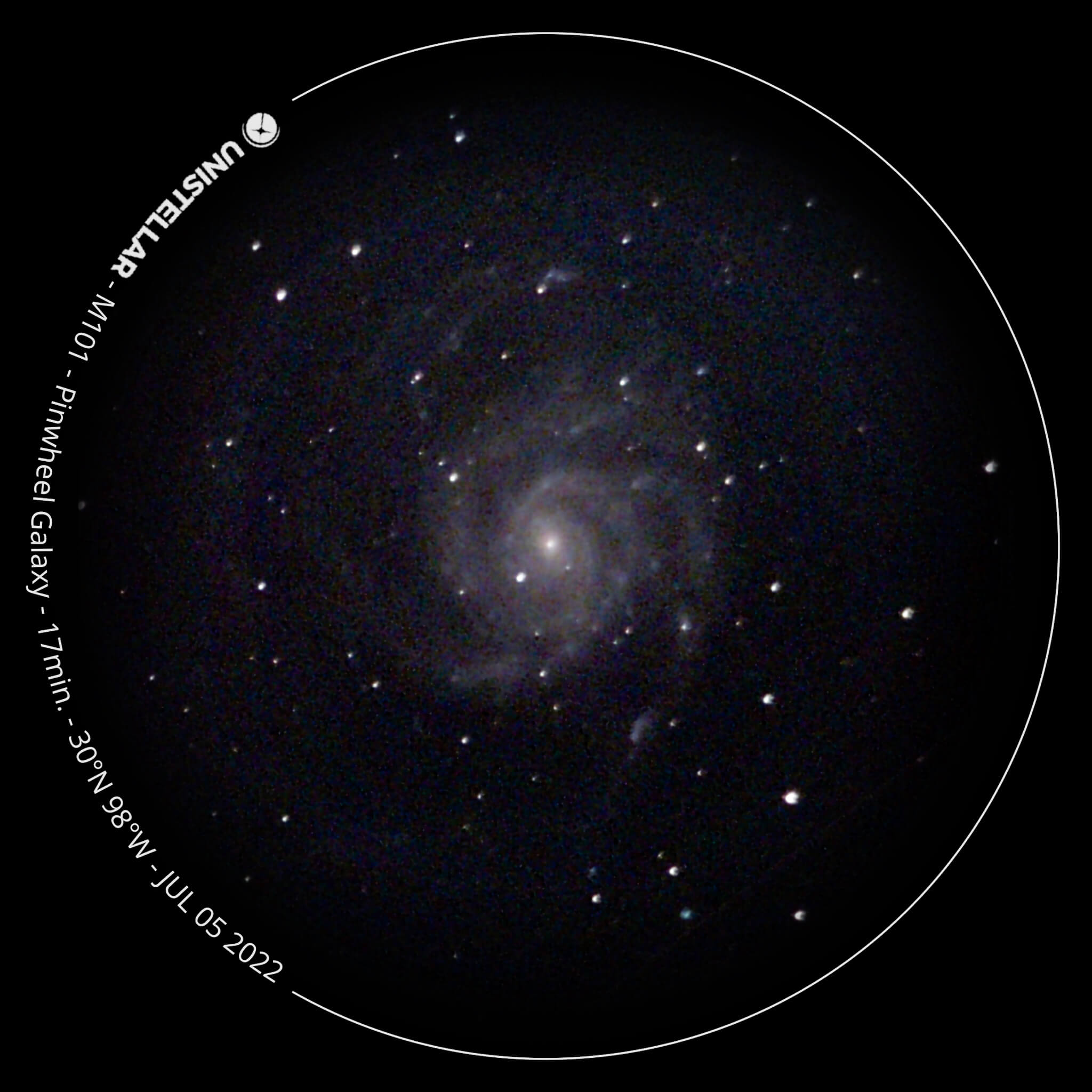
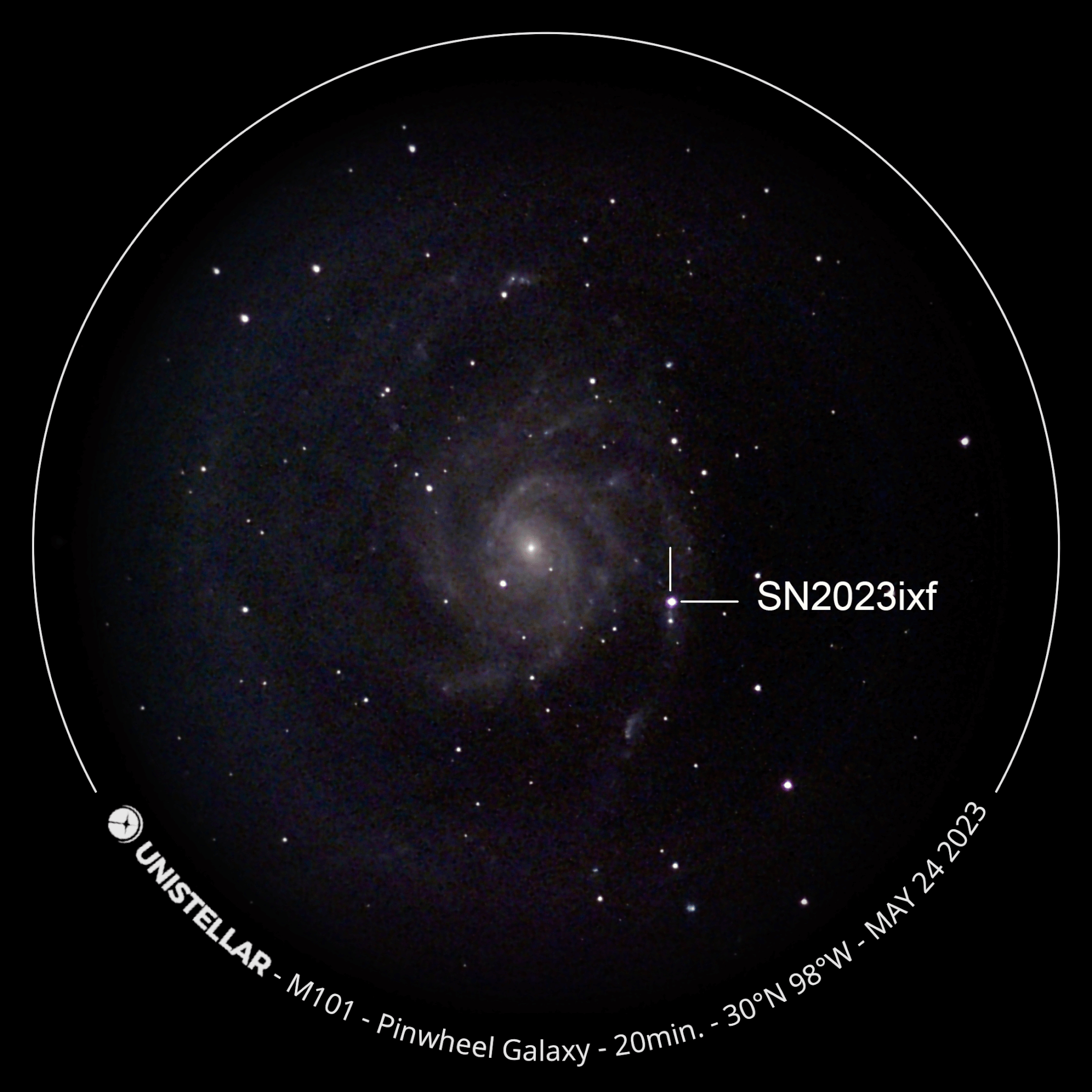
The Pinhweel Galaxy before the supernova (left) and after (right). Credit: Michael Primm (US).
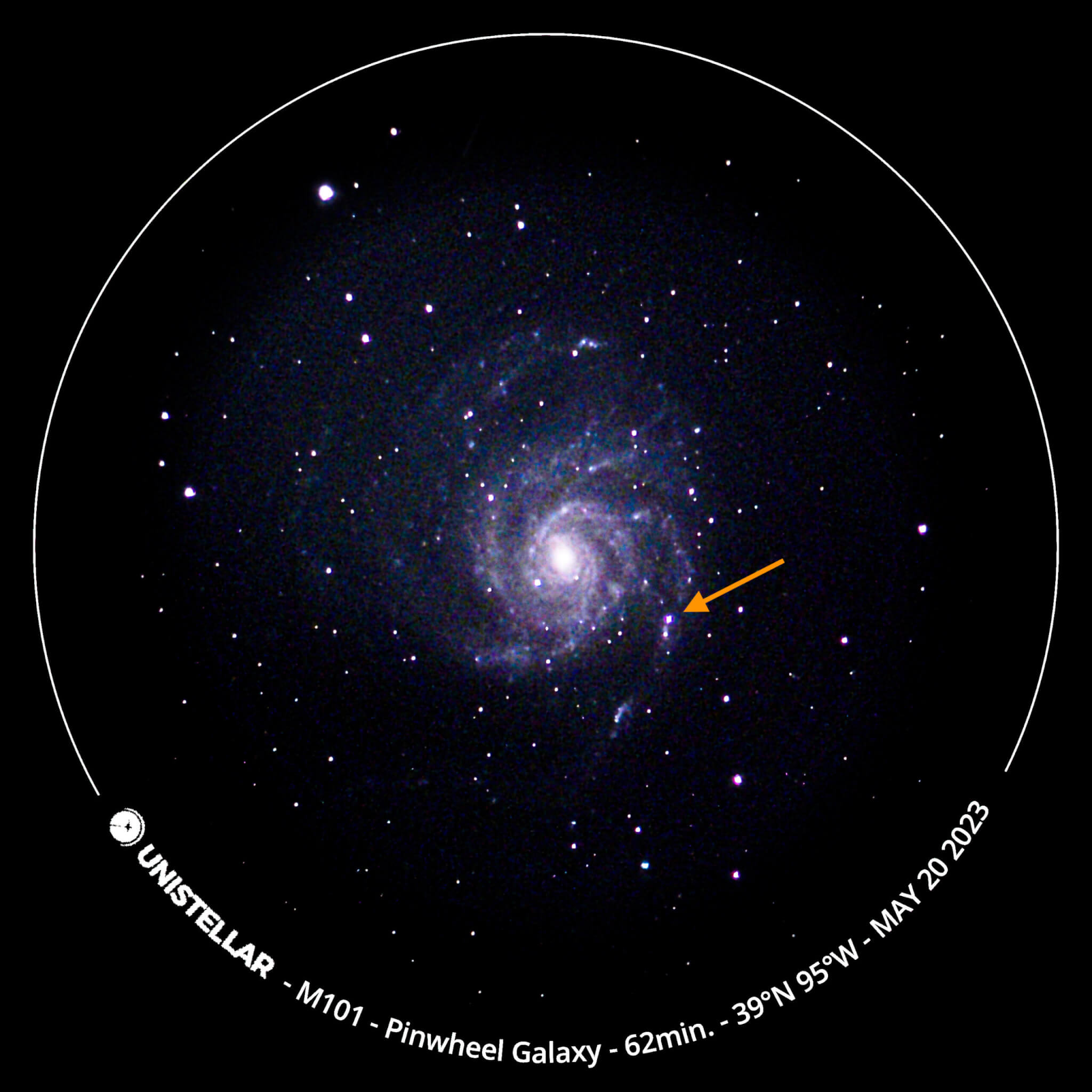
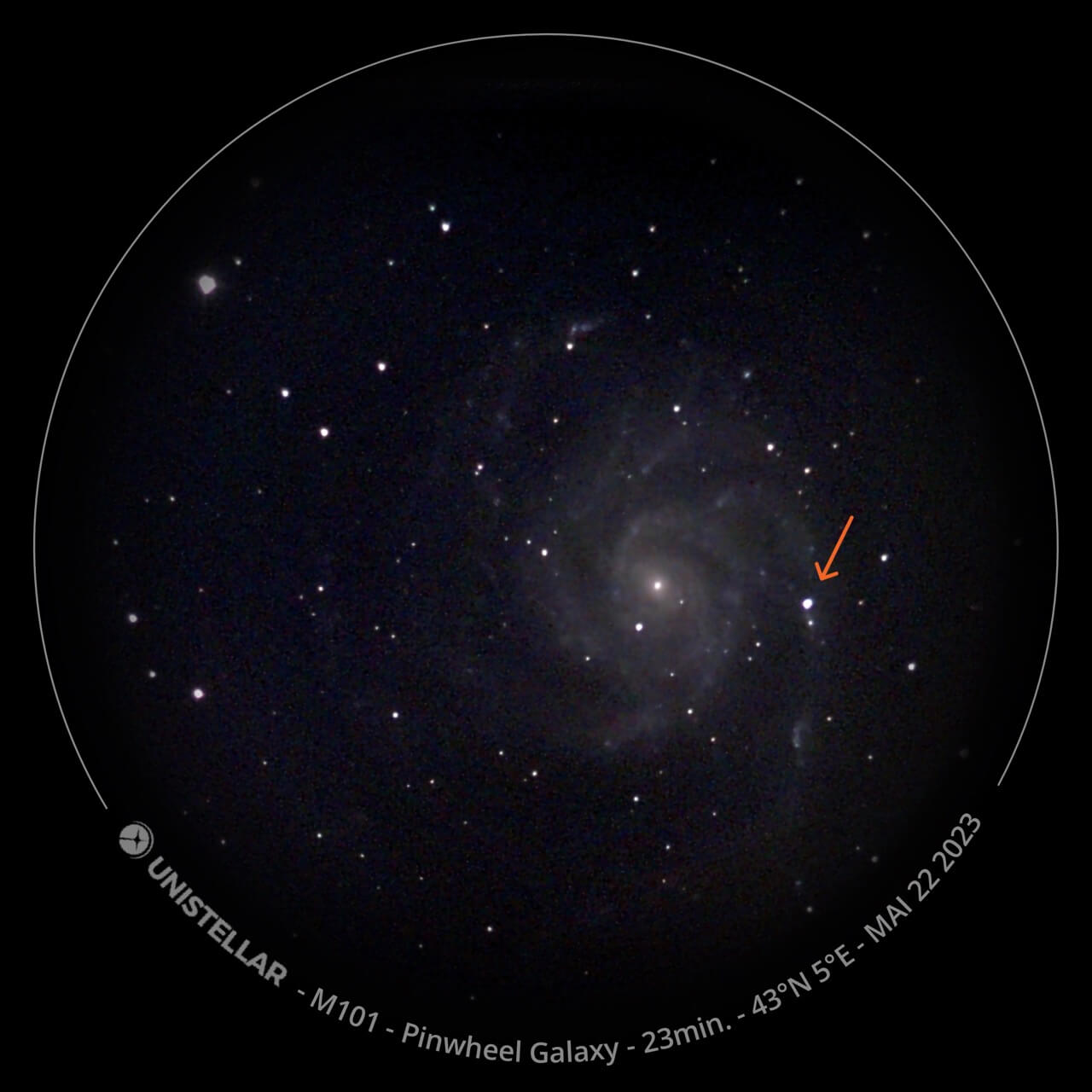
More images of SN 2023ixf from the Unistellar Network. Credit: Michael Cunningham (US, left) and JM Laugier (France, right). You can see the supernova got brighter over just the course of a couple days between observations!
Further readings
3 raisons d’observer ce mois-ci
Sur Jupiter : Imaginez des lunes projetant leur ombre sur une planète géante. En ce moment, les lunes de Jupiter offrent un spectacle exceptionnel : des éclipses visibles même depuis des zones urbaines. Chaque passage d'une lune devant le Soleil crée une ombre qui danse sur la surface de Jupiter. Consultez notre article dédié pour ne rater aucun passage d'Io, Europe ou Ganymède.
La Nuits des Étoiles 2024
À l’occasion de la 34ème édition des Nuits des Étoiles, UNISTELLAR, renouvelle son partenariat avec l'Association Française d’Astronomie.
Unistellar Community Included In Multiple Scientific Papers
Did you know Unistellar Citizen Astronomers are often cited in published scientific papers? Find out how you can contribute too!
Nouvelle Mise à Jour de l’App Unistellar : Version 3.0
The latest Unistellar App Update, version V3.0, is now live. Explore a smooth stargazing experience !
Halloween Observing Guide: Spooky Deep-Sky Objects
These Halloween deep-sky objects will add some light to those dark, spooky nights. Treats, tricks, and telescopes await!
Guettez la comète Hartley 2 avec l’AFA et Unistellar
L’AFA et Unistellar s’associent pour observer la comète 103P/Hartley ! Participez avec nous à l’observation de la comète Hartley 2 jusqu’au 25 octobre.

